The War In Afghanistan

- Afghanistan has been in a state of war since the Soviet invasion of 1979.
- Many great powers throughout history have occupied Afghanistan, only to be driven out.
- Western forces, led by the United States, have battled the Islamist Taliban group in Afghanistan since 2001.
- The United States and other Western powers invaded and occupied Afghanistan in 2001, following the 9/11 terrorist attacks.
- The United States is now withdrawing its troops from Afghanistan, as the Taliban rapidly gain ground in the country.
It can be easily said that Afghanistan is where great powers go to die. Indeed, Afghanistan has been invaded by several great powers from ancient times up until today. Alexander the Great, Genghis Khan, the British Empire, and the Soviet Union all attempted to conquer what is now Afghanistan, only to eventually withdraw after taking great losses. The latest great power to occupy Afghanistan has been the United States, along with the forces of other Western countries. For 20 years, a coalition of Western forces led by the United States has attempted to stabilize Afghanistan and destroy Islamist forces in the country. Despite initial successes, however, Afghanistan has proven itself impossible to tame, even for the greatest military power in history.
Historical Background
Afghanistan is a landlocked country in Southern Asia. It is bordered to the north by the former Soviet states of Turkmenistan, Uzbekistan, and Kyrgyzstan. Pakistan borders Afghanistan to the south and east. A small part of China also borders Afghanistan to the east. Iran is on Afghanistan’s western border.
Afghanistan did not really become a country unto itself until the 1700s, when the man regarded as its first ruler, Ahmad Shah Durrani, united the area’s Pashtun tribes under his rule. The country’s current borders were established in accordance with the 1919 Anglo-Afghan Treaty, by which the British, who had ruled the country as a protectorate, granted it full independence.
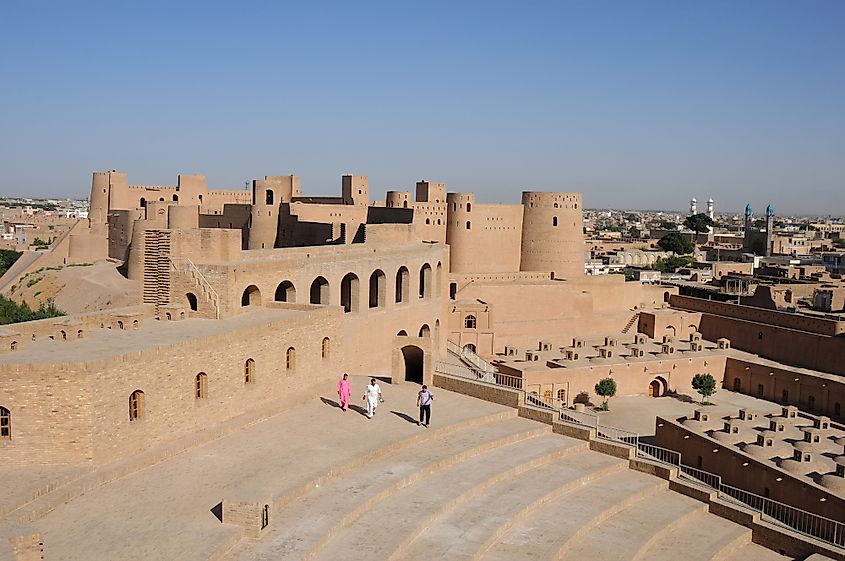
Following independence, Afghanistan was governed as a monarchy until 1973, when Mohammed Daud, who was once the country’s prime minister, seized power in a coup and declared a republic. Five years later, a communist, pro-Soviet regime took power, which set the stage for a full-scale invasion of Afghanistan by the Soviet Union. This invasion was opposed by Afghan fighters known as the Mujahideen, who were supported and financed by the United States, Pakistan, Saudi Arabia, Iran, and China. In 1989, the Soviets withdrew from Afghanistan. What followed, however, was not peace, but civil war.
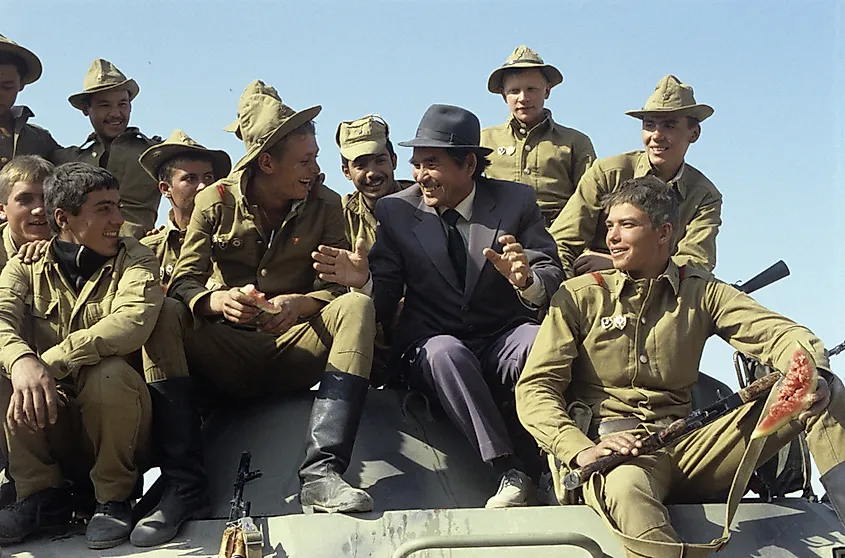
In 1996, an Islamist group known as the Taliban seized control of the Afghan capital, Kabul, and most of the rest of the country. Under their protection was the leader of another Islamist group called Al-Qaeda. This leader was Osama Bin Laden, who masterminded the terrorist attacks on the United States, which occurred on September 11, 2001.
Invasion And Occupation Of Afghanistan
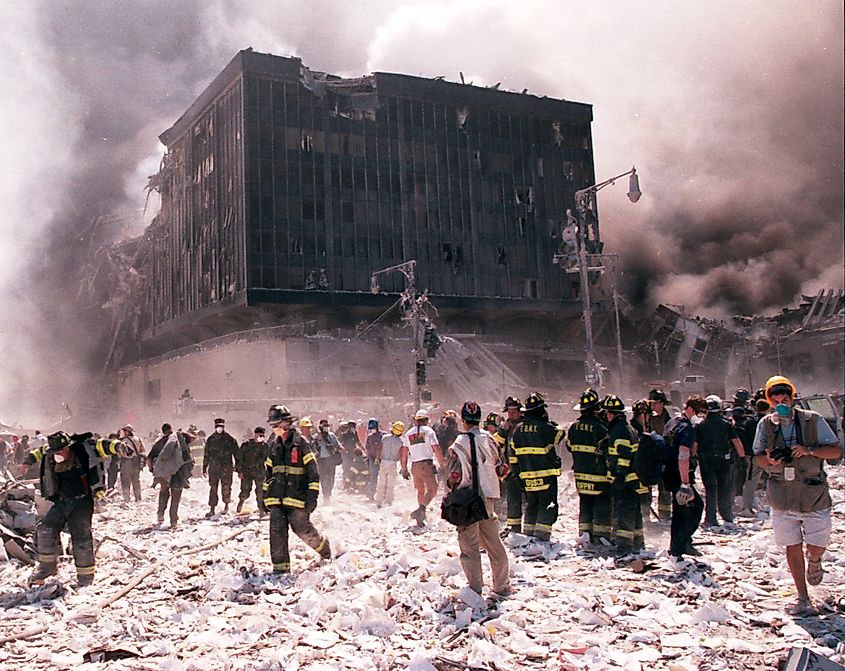
In response to the 9/11 terrorist attacks, the United States launched a bombing campaign of Afghanistan, striking Al-Qaeda and Taliban targets. This was followed by the deployment of some conventional ground forces, though most of the fighting on the ground was between the Taliban and local opposition groups. In November, local anti-Taliban forces gained control of Kabul. In that same month, most other Taliban strongholds also fell to opposition forces. In December, anti-Taliban forces tracked Osama Bin Laden to a cave complex called Tora Bora. After about two weeks of fighting, however, Bin Laden managed to escape. Meanwhile, under the auspices of the United Nations, anti-Taliban factions in Afghanistan agreed to set up an interim government. In January 2002, the deployment of the NATO-led International Security Assistance Force (ISAF) began. From this point forward, the Western powers, led by the United States, attempted to aid in the reconstruction of Afghanistan while continuing to fight the Taliban.
Problems With Reconstruction
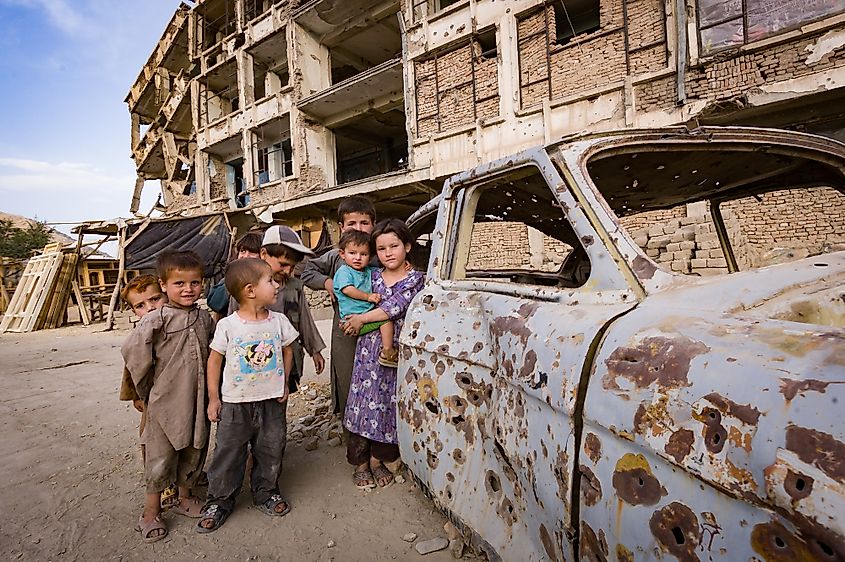
The Western powers were determined to rebuild Afghanistan from scratch. Their first step was to create a new government for the country. This began with the convening of an assembly of Afghan leaders known as the Loya Jerga. In June 2002, the Loya Jerga elected Hamid Karzai as the country’s interim president. The Loya Jerga also set about writing a new constitution. The writing of this new constitution was problematic as the Western powers wanted the country to adopt laws that were more in sync with Western concepts of democracy and human rights. Afghanistan, however, is a very conservative Muslim country, so conflict arose over how to reconcile Western democratic values with traditional Islamic law. Moreover, the writing of the constitution was done in secret, without consultation with Afghanistan’s general population.
In any event, the constitution was ratified in 2004. Later that year, presidential elections were held, in which the interim president, Hamid Karzai, was declared the winner. Parliamentary elections were held the following year. Most of those elected were among the country’s warlords and strongmen. Thus, the people who were the cause of much of Afghanistan’s turmoil were charged with running the country.
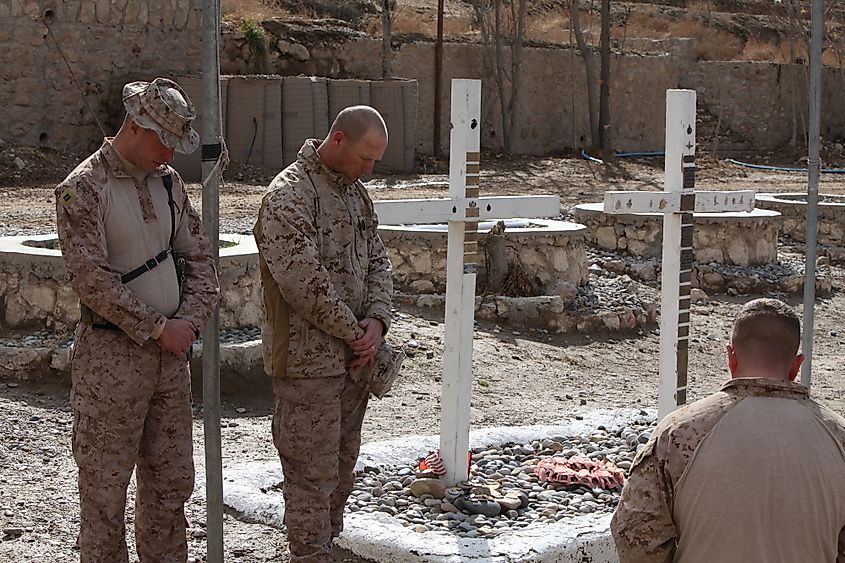
All the elections that have been held in Afghanistan following the occupation by Western forces were marred by attempts by the Taliban to disrupt them. Although the Taliban were no longer in power in Afghanistan, they were not completely vanquished by any means. The Islamist group was determined to undermine the building of a new Afghan state by any means necessary. Hence, they attacked polling stations and intimidated the Afghan people to prevent them from voting in elections. They also attacked schools, particularly any schools where women and girls were studying, as the Taliban have an ultra-conservative interpretation of Islam that forbids women from receiving an education, or even leaving their homes in most cases. Other Taliban targets included foreign embassies, Afghan government officials, and of course, Western military forces deployed in the country.
The High Cost Of War In Afghanistan
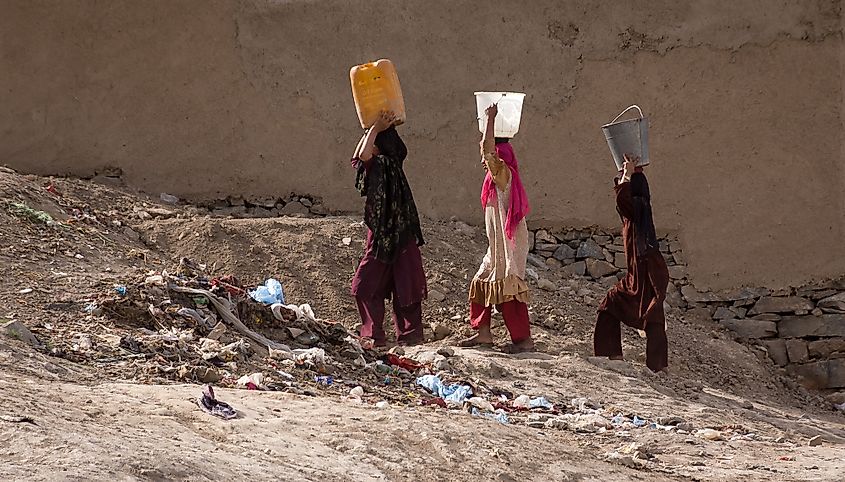
Ever since Western forces occupied Afghanistan, they have struggled to contain the Taliban. Troop surges, training local Afghan forces, and even engaging in on-again, off-again talks with the Taliban have failed to quell the threat that the Islamist group has posed. Indeed, the West, and the United States in particular, have paid a heavy price for their involvement in Afghanistan. Since 2001, more than 2,300 US Service members have died in the war, as have troops from other Western countries.
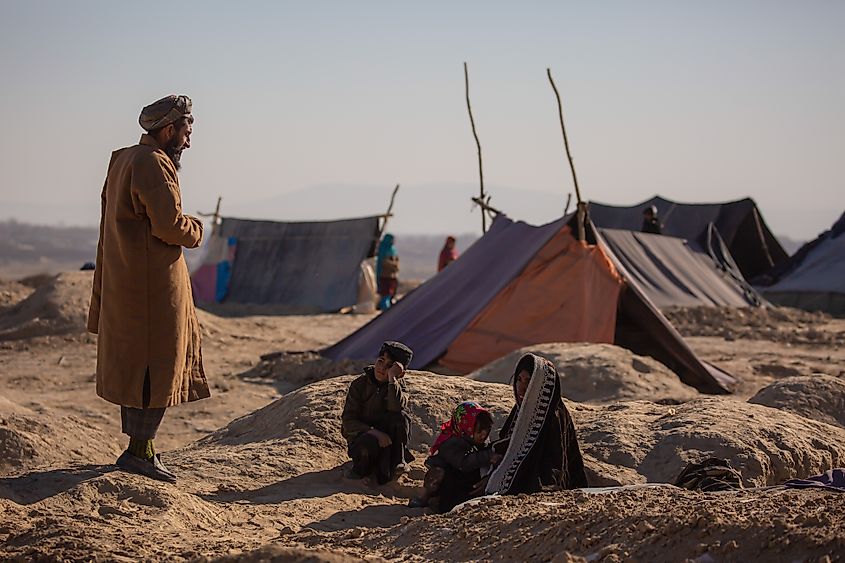
But the main toll in the Afghan war has been paid by civilians. More than 47,000 Afghan civilians have lost their lives during the war. Furthermore, in this year alone, approximately 270,000 Afghans have been displaced from their homes. This comes in the midst of the final withdrawal of US forces from Afghanistan, and a major resurgence of the Taliban, who are quickly gaining ground across the country. Thus, the United States is becoming the latest great power to be driven from Afghanistan.











